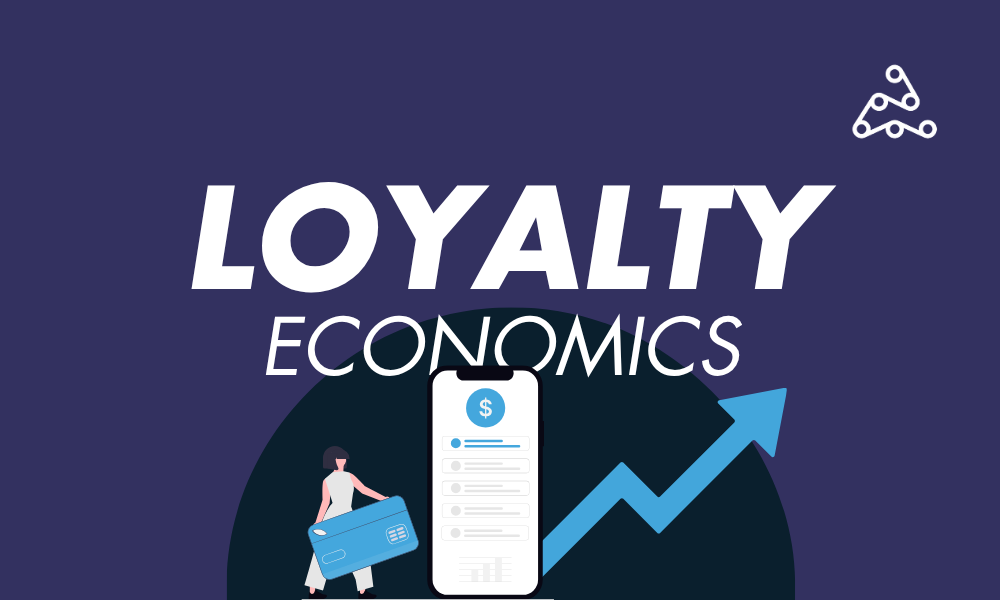User acquisition (UA) managers are no strangers to diversifying their ad spend, but with many new ways to advertise an app and attract users, where should you divvy up your budget? When it comes to app advertising costs, getting the best bang for your buck matters!
Previously, we shared a comparison of display ads vs. mobile install campaigns. In this post, we’ll be comparing OTT (over the top) ads and mobile ads.
What Is OTT?
OTT refers to a streaming service that delivers content over the internet. Examples include Hulu, Netflix, Apple TV+, and Disney+. The approach gets its name because the advertising occurs “over the top” of another platform, the internet service provider.
There are two ways OTT ads are deliverable, client-side and server-side. On the former, ads load before the video. On the latter, ads integrate into the frames of the media and aren’t skippable.
For advertisers that use OTT, the consumer may see ads on mobile devices or connected TVs (CTV). They can target viewers by behaviors and interests, ZIP codes, states, DMA (designated market area), and household demographics.
What’s the Opportunity for OTT Advertising?
The growth in OTT is partly due to consumer behavior. Consumers want to watch what they want, how they want. As a result, the rise of streaming between 2020 and 2021 was 115%.
Traditional media consumption doesn’t fit the demands today, and many are official cord-cutters and only engage in TV watching this way. Much of this is through an app, with 239 billion hours in them alone in Q4 2020. How many hours per person? The average in 2021 in the U.S. was 67 minutes.
Experts predict OTT advertising revenue will continue to grow significantly, hitting $178 billion in 2021 and $210 billion by 2022.
Why Would App Marketers Use OTT to Drive UA Traffic?
The numbers above reveal that there is a lot of buzz and potential with OTT advertising. You have targeting capabilities based on demographics and previous behaviors a user may have had with your app, such as searching for it online.
In terms of app advertising costs, can it deliver a high ROAS (return on ad spend)? There are some challenges and possibilities.
The Pros
- You can retarget people that previously visited your app store landing page or website but didn’t download.
- For apps with broad appeal, OTT can provide a significant reach. The Calm app is an example and a brand embracing this form of advertising.
- Targeting based on your cohort ideal user preferences is possible.
- OTT ads aren’t skippable, so you have a captive audience.
The Cons
- OTT ads are often geo-specific, and most apps aren’t. A caveat here would be sports betting apps, which are legal in some states.
- You’ll need high-quality video ads, which can be cost-prohibitive.
- Niche apps may not have as many placements in programming that make sense. You aren’t buying an ad spot for a specific piece of content. Rather, it’s for the audience, and sometimes there’s a miss there. Consider your viewing habits of OTT. How well did they align with your preferences?
- Audiences can bypass any advertising with OTT delivery if they purchase a higher subscription level in many cases.
- Ad fraud is high in the OTT world, and its regulations are still in flux because it’s a new frontier.
- Attribution of the ad to a download can be difficult. If the person is watching a mobile device, they may click directly out of the ad. For those delivered via CTVs, the user will have to scan a QR code or go to a URL. If not set up properly, you won’t have the metrics to calculate your ROAS.
Are Mobile Ads More Effective than OTT?

The effective rate depends on each app and the strategy behind driving UA traffic. CPI (cost per install) campaigns are, for one thing, app installs. That’s somewhat different than OTT, which may be more for brand awareness.
Beginning with iOS 15, you’ll be able to develop multiple custom product pages (CPPs) to coincide with each campaign, as well. That allows you to be more relevant and increase conversions.
While you can target with OTT, it’s not the same, and the competition for attention isn’t just other apps. It’s any business that wants to advertise to OTT streamers.
CPI Campaigns, More Bang for Your Advertising Bucks
What allows CPI campaigns to produce a higher ROAS?
- You only pay for attributed installs, not impressions or clicks.
- At the end of campaigns, you’ll know the exact cost to acquire a user.
- You can scale CPIs much easier and more cost-effectively.
- CPI campaigns are executable on a variety of reward networks that can help you hit unique users. OTT, however, only allows for insertion through their platforms.
App Advertising Costs: Maximize Your Budget with AdAction
Maximizing your UA budget doesn’t have to feel you’re balancing on the high wire. Diversification is a prudent move, and OTT may help you gain some users. UA campaign models, specifically CPI, offer many advantages that other ad units don’t.
If you want to find out how to make sure every dollar counts, request a chat with our performance-based marketing experts today.



